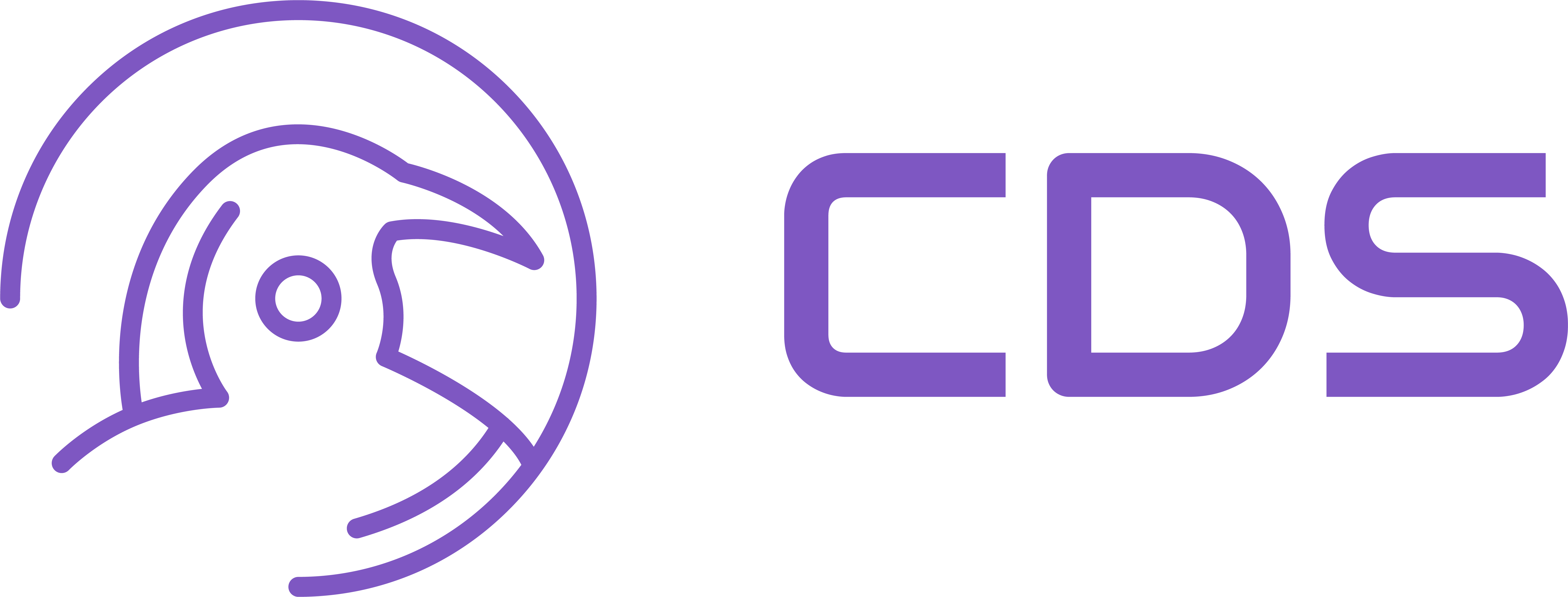Ethereum, the leading blockchain for decentralized applications (DApps), has long grappled with a critical challenge: scalability. As adoption surges, transaction fees have skyrocketed, posing a significant barrier to mainstream use. Enter zkSync, a promising layer 2 solution designed to alleviate these challenges while maintaining Ethereum’s hallmark security and decentralization.
What Is zkSync?
zkSync is a layer 2 (L2) scaling solution utilizing zero-knowledge (ZK) rollup technology, designed to enhance Ethereum’s scalability. By leveraging ZK-proofs, zkSync processes transactions off-chain while inheriting Ethereum’s security (layer 1 or L1) features.
Developed by Matter Labs—a team of blockchain engineers led by CEO and co-founder Alex Gluchowski—zkSync has gained widespread recognition for its innovative approach to scaling. Backed by investors like Andreessen Horowitz, Sequoia Capital, and Balaji Srinivasan, zkSync has secured both financial resources and strategic expertise to fuel its growth.

How zkSync Works
At its core, zkSync operates by bundling multiple transactions into a single batch, significantly reducing gas fees. Transactions are processed off-chain on zkSync while generating cryptographic ZK-proofs, which are submitted to the Ethereum mainnet for validation.
This approach delivers several key benefits:
- Scalability: Thousands of transactions per second become feasible.
- Lower Costs: Gas fees are drastically reduced.
- Enhanced Privacy: Transaction details remain obscured.
- Security: zkSync benefits from Ethereum’s robust consensus mechanisms.
Key Features of zkSync
zkSync distinguishes itself within the L2 scaling ecosystem through several innovative features:
- Early Mainnet Launch: As one of the first ZK-rollups to launch a mainnet, zkSync has built a strong user base and developer community.
- Elimination of Trusted Setup: Unlike some ZK-rollups requiring an Application-Specific Trusted Setup (AS-TST), zkSync avoids this centralization risk.
- Fractal SNARKs: zkSync employs this advanced cryptographic method to ensure efficient scalability as transaction volume increases.
Growth and Adoption
Since its November 2020 mainnet debut, zkSync has processed millions of transactions, demonstrating its real-world applicability. By May 2024, zkSync had locked over $150 million in assets across 107 native protocols, underscoring user confidence. A burgeoning developer ecosystem is now integrating zkSync with diverse applications, from gaming to decentralized finance (DeFi).
Comparing zkSync and StarkNet
While both zkSync and StarkNet leverage ZK-rollup technology, their approaches differ:
- zkSync: Focuses on interoperability with existing Ethereum tooling and general-purpose smart contracts.
- StarkNet: Utilizes zk-STARK proofs for enhanced scalability but requires Cairo, a specialized programming language.
Why Build on zkSync?
zkSync’s low fees and high-speed processing unlock new possibilities, particularly in:
- Gaming: Enabling seamless microtransactions.
- DeFi: Offering cost-effective and accessible financial services.
- NFTs: Simplifying minting and trading with reduced costs.
Bridging Assets to zkSync
Bridging assets between Ethereum and zkSync is an essential step for ecosystem participation. While zkSync provides its official bridge, Matterport, several generic bridges like Synapse also offer cross-chain solutions.

How to Bridge Using Matterport
- Visit Portal: Access Matterport’s bridge.
- Connect Wallet: Use wallets like MetaMask.
- Select Assets: Choose tokens and amounts to transfer.
- Approve Transaction: Confirm and pay Ethereum gas fees.
- Confirmation: After processing, assets will appear in your zkSync wallet.

Supported Wallets
Wallets compatible with zkSync include MetaMask, Argent, and hardware wallets like Ledger. However, popular wallets such as Coinbase Wallet and Trust Wallet do not natively support zkSync as of May 2024, requiring users to use bridges for fund transfers.
Understanding Bridge Risks
Blockchain bridges are not without risks, including potential hacks, centralized points of failure, and impermanent loss in liquidity pools. Notable incidents like the Ronin and Wormhole bridge hacks underscore these vulnerabilities.
Risk Mitigation Tips
- Opt for bridges with strong security records and audits.
- Understand fees, assets, and centralization risks.
- Limit asset transfers to minimize exposure.
Conclusion
zkSync is revolutionizing Ethereum’s scalability with its innovative ZK-rollup solution, offering a compelling blend of efficiency, privacy, and security. As adoption grows and new applications emerge, zkSync is set to play a pivotal role in Ethereum’s evolution, empowering a decentralized future.

















Leave a comment